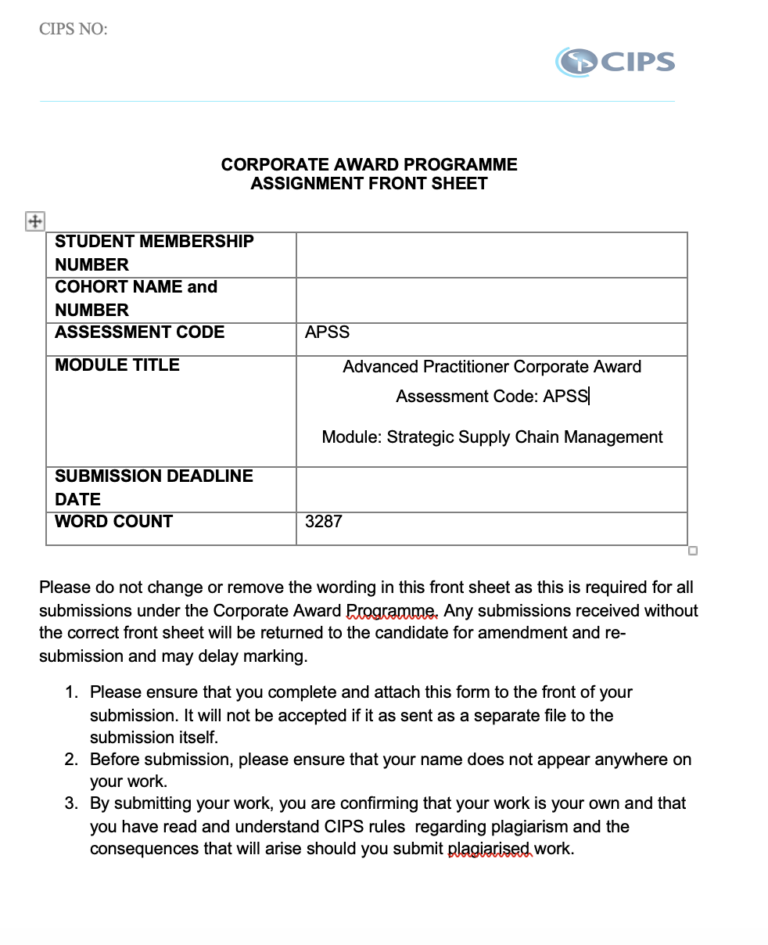Description
Solution
| Reflect on your own approach to working inclusively and building positive working relationships with others. (AC2.3)
Short references should be added into your narrative below. Please remember to only list your long references in the reference box provided at the end of this section. Word count: Approximately 200 words |
| In interacting with my colleagues in my organisation, I receive positive feedback in regard to my ability to engage all being critical in my practice, ensuring all considerations are balanced and a fair-based practice. I am in a position of understanding each individual characteristic, interacting and sharing ideas. The skills used in supporting my strategy in inclusivity include ability to listen, communicate and questioning skills. In implementation of group discussions, I share invitations to all people in sharing opinions, idea sharing and timely feedback offered. In my active practice working in my organisation, the Head of people practice is engaged in C-Suite for discussing main areas which impact individuals and organisations. The function of HR business partnering is working collaboratively with leadership and management for providing insights which are essential for improving sustainability (CIPD, 2023).
|
| Explore how the role of a people professional is evolving and the implications this has for continuing professional development. (AC 3.1)
Short references should be added into your narrative below. Please remember to only list your long references in the reference box provided at the end of this section. Word count: Approximately 250 words
|
Please click the following icon to access this assessment in full
Related Papers
(Solution) CIPS Strategic Supply Chain Management APSS
- The supply chain mapping for an organisation spend category is influenced by several elements, among them environmental scanning to identify the micro and macro factors.
- Other aspects considered in the mapping are the facilities, location, and time.
- In the implementation process, it involves making suitable changes and adding value to the process.
- Drawing from the STEEPLE, Porter’s five forces, SWOT analysis, and Kraljic matrix, some of the key elements are the relationship with the vendors, consideration of various competitors, and ensuring customised category of spend.
- Quality and timely delivery of the spend category is also an important consideration area.
(Solution) CIPD 5HR03 contribution of extrinsic and intrinsic rewards to improving employee contribution and sustained organisational performance. (AC 1.5)
(Solution) New 7C003 Task three -the final portfolio
(Solution) Question 2- How Sunmark Bank’s Organisational Values and Culture Hampered its Growth
(Solution) CIPS Contracting Excellence in Procurement and Supply (APCE) Assessment
- In this assessment, the contractual terms which is used by Emirates Transport (ET) Company has been evaluated.
- The contract terms and conditions have been evaluated in terms of their power and risk distribution among the suppliers and the organisation.
- In order to achieve the evaluation in this report, the areas of interest include force majeure, variation of disputes, pay level, warrant and liability and termination.
- By using different tools and models, the findings in this report evidence the scope in which ET has made investments in power balance and risks management for successful contract management. This is evidenced by for instance the scope of disputes management.
- Further, the findings evidence that the terms and conditions used by ET offer an elaborate guide on relevance of the legal factors for the organisations operations in UAE and in specific Dubai.
(Solution) CIPS ADNOC Onshore Developing Contracts in Procurement and Supply (PDC)
Executive Summary
For this second assessment in CIPS practitioner qualification, it evaluate role of contract terms and conditions. By using ADNOC Onshore organisation as the organisation of focus, the role of terms and conditions to enhance management of risks of quality, time extension, costs overruns and unethical issues which affect stakeholders. As part of this assessment, the performance measures and management in ADNOC Onshore practices have equally been put into consideration. For ADNOC Onshore which operates in United Arab Emirates onshore and offshore operations, the terms and conditions are identified as appropriate for enhancing the organisation competitiveness in this sector. This is since the terms and conditions influence on the risk level and power held to implement contracts.
In regard to the findings, they indicate that the terms and conditions are appropriate for ensuring that the organisation is well positioned to engage most qualified suppliers. The relevance of using the terms and conditions are essential for ensuring success in solving the different issues faced. Further, from the different findings, they evidence the terms and conditions as force majeure, performance, quality requirements, cost management, indemnity, insurance cover and risks. Also, the findings note that for ADNOC Onshore different departments working in synch, the terms and conditions are identified as essential to link them with all their departments. This is for ADNOC Onshore ensuring dominance of their oil and gas sector maintaining competitiveness in their practice.
Finally, battle of forms have been used with their importance guiding establishment of mutual agreement on best practice to implement contracts. The outcome of this is different terms and conditions existing with a mutual agreement attained.
At the end, from the different gaps and challenges identified in this report, the suggested recommendations are;
- Improve the awareness level amongst the PS&M teams for aligning their terms and conditions in different contracts
- Establishing various terms and conditions for their different spend categories
- Mutually agree on the different terms and conditions for solving battle of the forms issue
- To initiate technology and innovativeness for the overall PS&M operations
- Be able to implement various KPIs and SLAs on contract adoption



